Fancy sharper shots? Want to compose more striking images? Want intuitive handling? Here are seven things to look out for when you next buy a camera, to help you do all those things and more.
1. 4K video
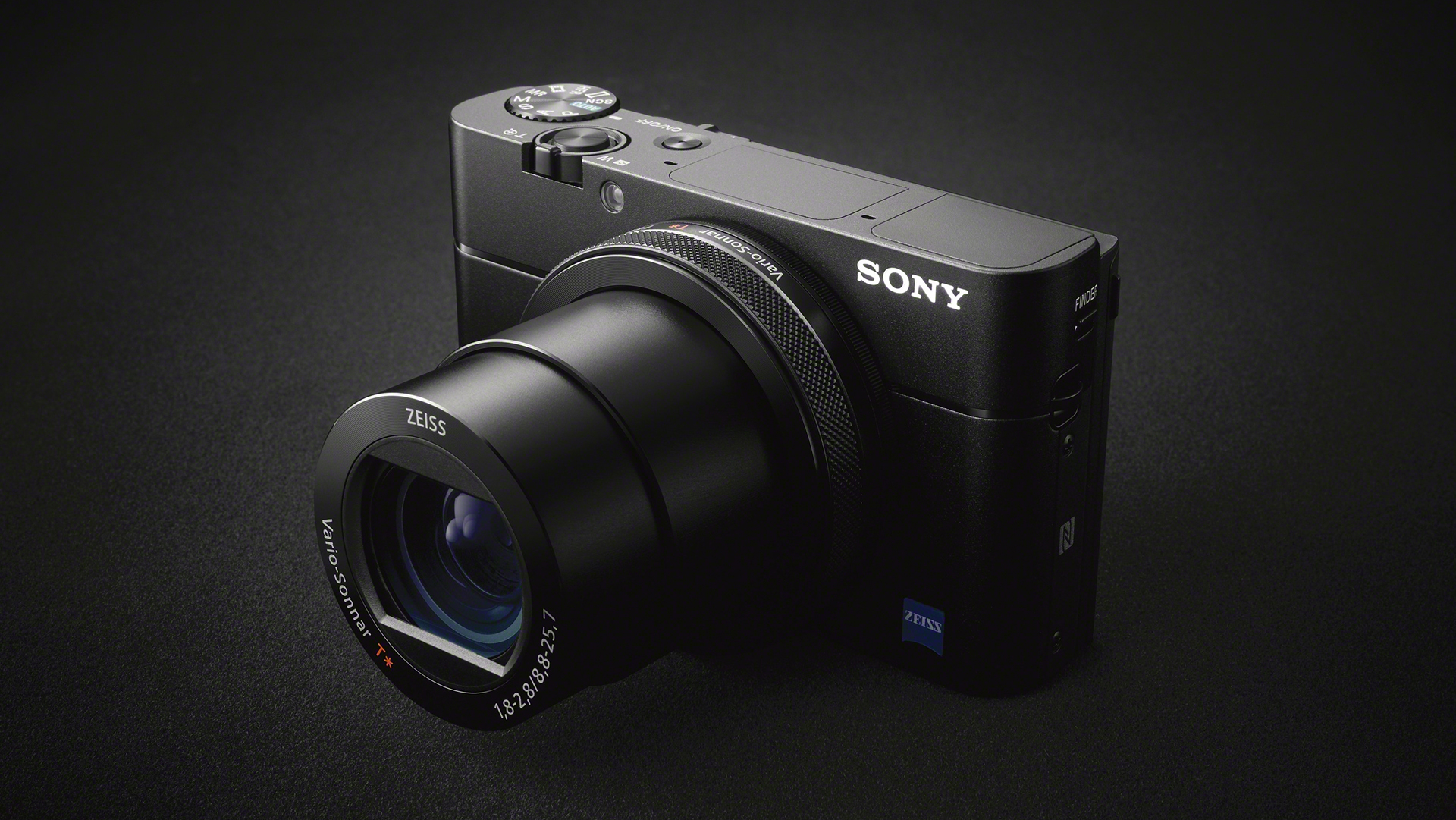
Many cameras today are capable of high-quality Full HD video recording, but once you see the clarity of 4K footage you’ll appreciate just how much of a step up this is. 4K video is now available in compacts, mirrorless models and DSLRs, and it records footage with four times as many pixels as Full HD (or more if your camera shoots in the higher-resolution DCI 4K format).
Even if you don’t have a 4K display on which to view your creations, you benefit from shooting in 4K. Down-sampled footage can often appear crisper than if it were simply recorded in HD to begin with, and those wanting to edit their recordings have more control over panning, zooming and cropping without losing quality. 4K cameras also typically offer slow-motion recording in Full HD quality, which enables you to capture everyday subjects in a new light.
2. Composite mode
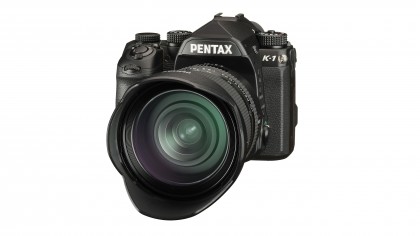
One feature that’s started to appear in a number of recent cameras is a composite mode (not to be confused with a multiple exposure option). This captures a number of images of the same scene with slight variations between them, before blending them together to create an image with much better definition than would otherwise be the case.
What actually happens here varies between cameras. Pentax models like the K-1, with its Pixel Shift Resolution mode, for example, shift the sensor between captures so that each pixel receives full red, green and blue colour information. Normally, each pixel only receives colour information for one channel, and the values of the other two are interpolated based on the values of surrounding pixels, and while this is efficient it can create softness in images, so the Pixel Shift Resolution technology cleverly gets around this.
A similar thing happens with Olympus models equipped with its High Res Shot mode, although this captures eight images and blends them together to output a 40MP image. Both of these technologies have some limitations – you need to use a tripod, for example – but for landscapes, still-life shots or scenes destined for enlargement, it can give you a much better starting point.
3. No low-pass filter
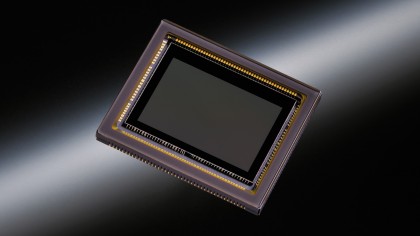
Most cameras are designed with anti-aliasing (low-pass) filters in front of their sensors to help keep aliasing artefacts at bay – these artefacts appear in images that contain fine repeating patterns, and take the form of moiré patterning – unsightly coloured patterns – or jagged steps where there should be straight lines. However, anti-aliasing filters can also compromise detail in the image by blurring it slightly.
Given that you won’t often be shooting scenes in which aliasing artefacts are likely to be an issue, a number of recent cameras either leave out the filter completely or simply cancel their effect. Others enable you to apply the effect of the filter as and when you need it; you may, for example, want to leave it off for landscapes to get extra definition, but turn it on when shooting anything with fine repetitive detail that can create problems, such as fabrics or architecture.
4. Focus peaking
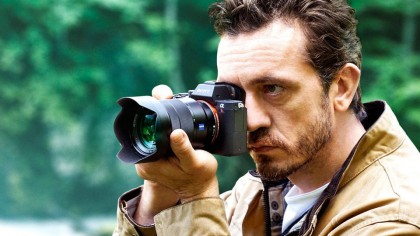
If you use manual focus, you’ll know that there are a number of situations in which it can be difficult to accurately assess this – outdoors in harsh light, for example, or when shooting a low-contrast subject. Focus peaking is starting to appear in more and more cameras to help out here.
This feature applies a coloured highlight to edges in the scene as you adjust focus, which indicates where contrast is highest to help you find the right spot; some systems also enable you to change the colour of the highlight so it stands out better against your subject. It’s not only useful for stills – it’s a great way to check where you’re focusing when recording video too.
5. AF fine-tune
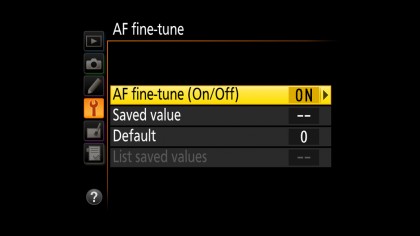
There’s little point spending good money on top-quality glass if your focus is slightly out of line. With some DSLR/lens combinations, focus may be a little behind or in front of the subject you actually want to focus on, which in turn means your subject isn’t recorded in the clarity it could be.
A number of DSLR bodies, such as the Nikon D500, now incorporate an AF fine-tune option, which enables you to remedy this. With this feature, you can make a minor adjustment if you sense that focus is slightly out of line, and this will remain active as long as you have this option turned on, automatically turning itself off when you switch to another lens.
6. Tilting screen
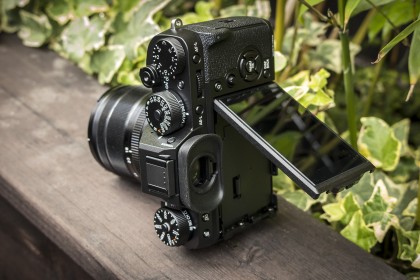
LCD screens that can be tilted or swivelled around a hinge enable you to take images from more awkward angles with ease – and some of the latest cameras take this feature to a new level.
The Pentax K-1 and Fujifilm X-T2, for example, both have screens that at first glance appear just like many others, but they can be tilted in a similar way regardless of whether you’re holding the camera in landscape or portrait orientation. Regular tilting screens with just a single hinge are fairly useless when it comes to portrait-orientation images captured from a high or low angle, but these newer versions make shooting in this way much easier.
These screens are also very useful for tripod-based work, where you have the option of positioning the screen at just the right angle to give you the best visibility. It’s likely we’ll be seeing these kinds of displays on more and more cameras in the future, and for the creative photographer it’s something that’s well worth adding to the list of features to look for.
7. Electronic shutter
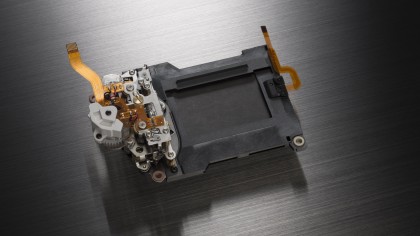
When you’re using wide apertures in bright conditions, your camera may inform you that there’s too much light in the scene for an image to be correctly exposed at the selected settings. Even at the lowest ISO setting you may not be able to capture an image at an appropriate shutter speed, so you’ll have no option but to narrow your aperture – which makes obtaining a shallow depth of field more difficult.
To get around this, many compacts and compact system cameras now offer an electronic shutter that raises the available shutter speeds above the usual 1/2000 sec or 1/4000 sec limits. With a shutter speed of 1/16,000 sec or 1/32,000 sec, for example, you can use an aperture such as f/1.8 or f/1.4 in the brightest light and still get the exposure you want.